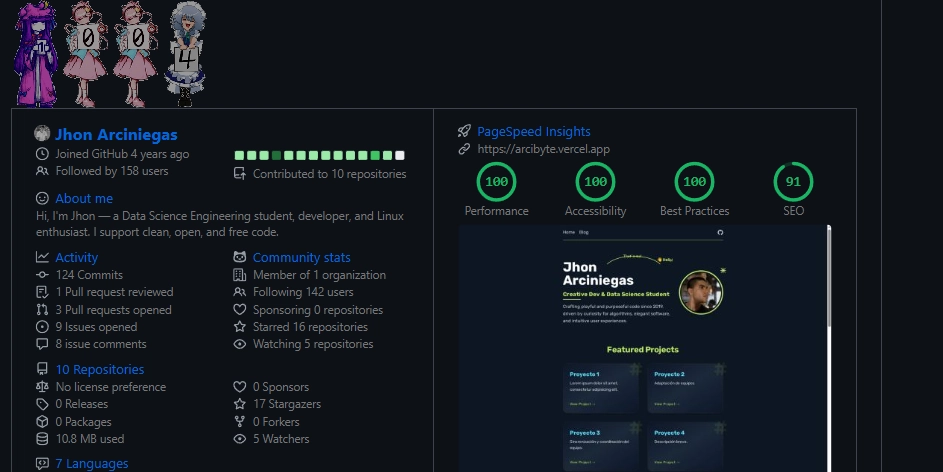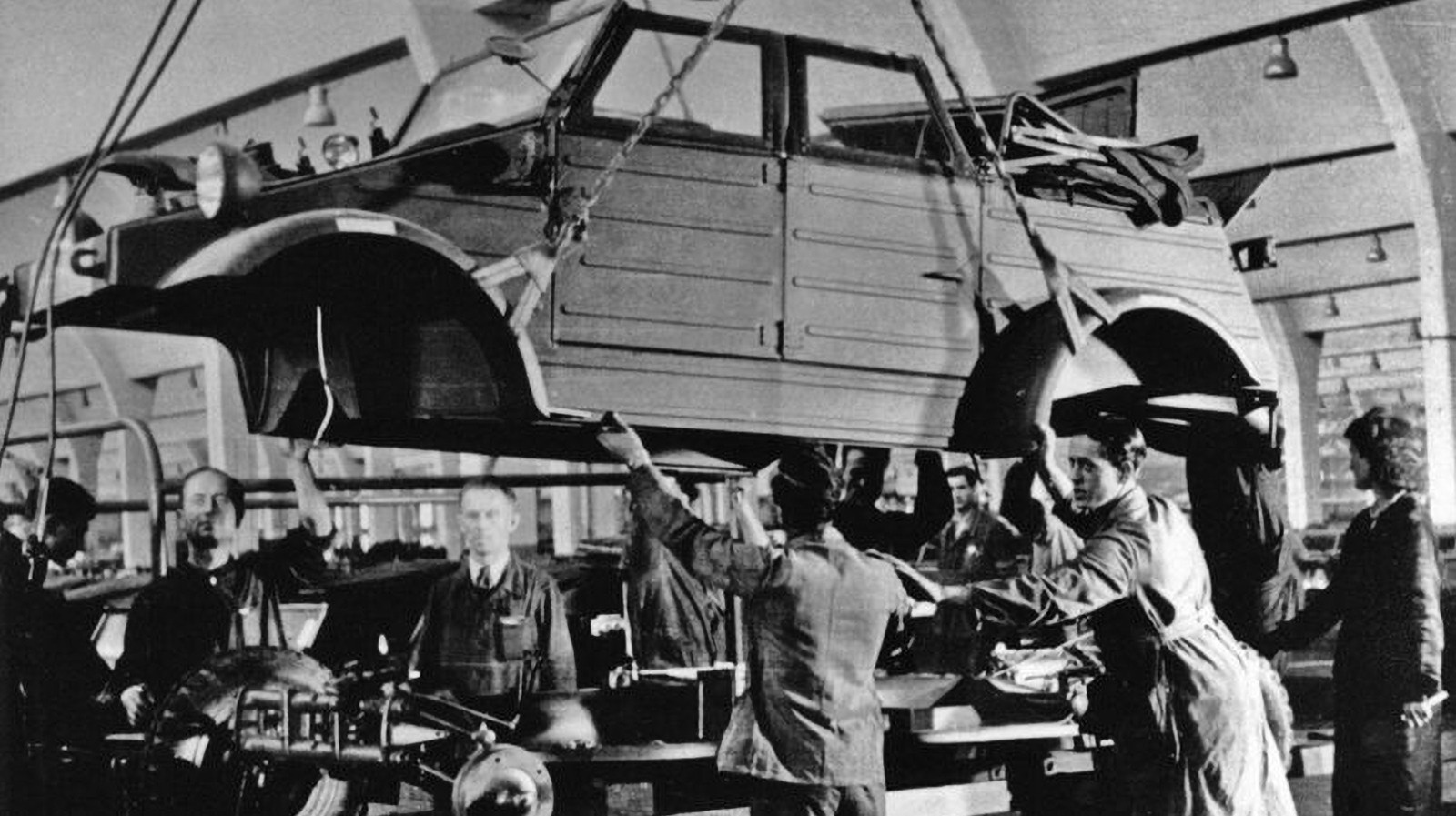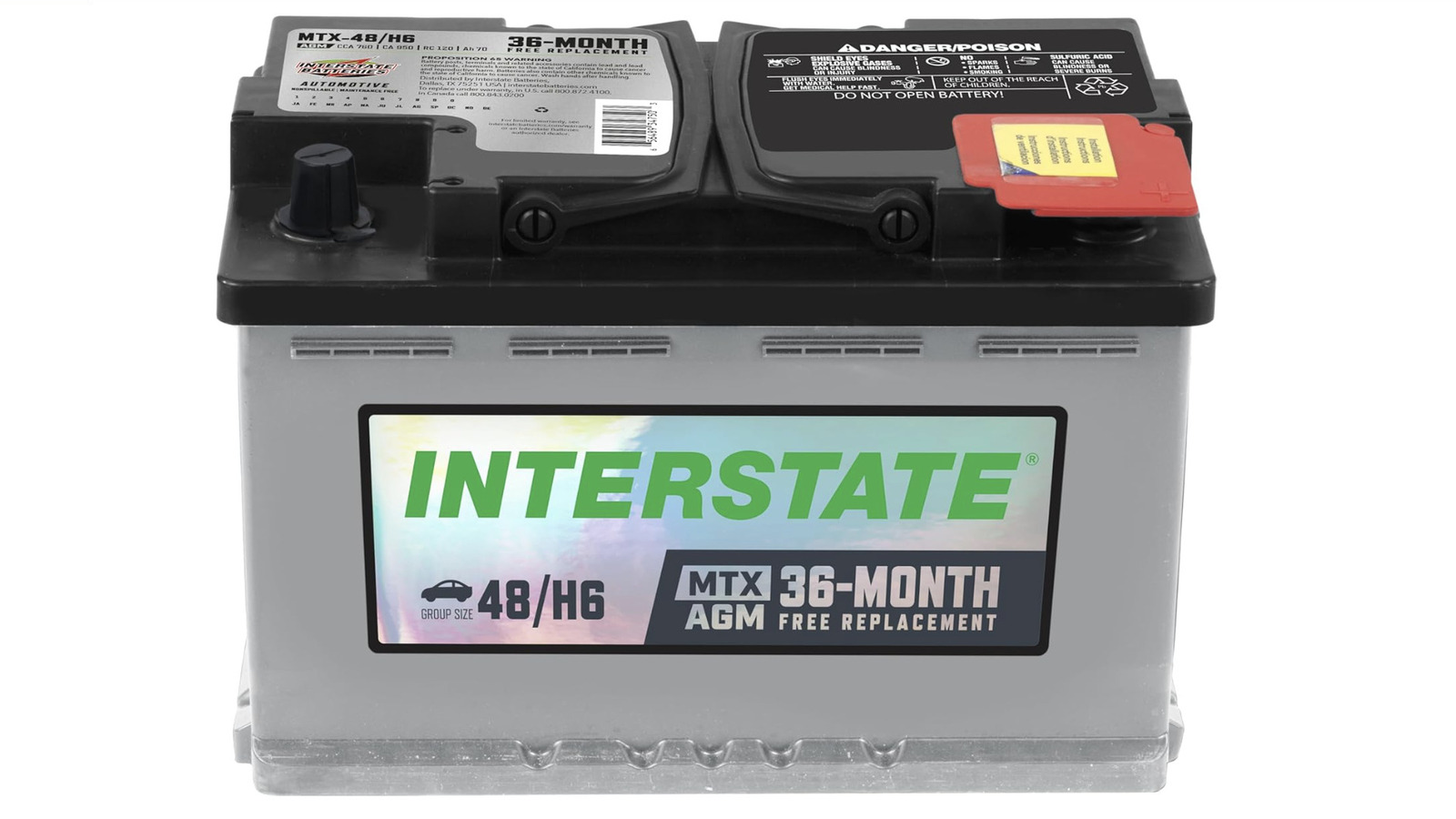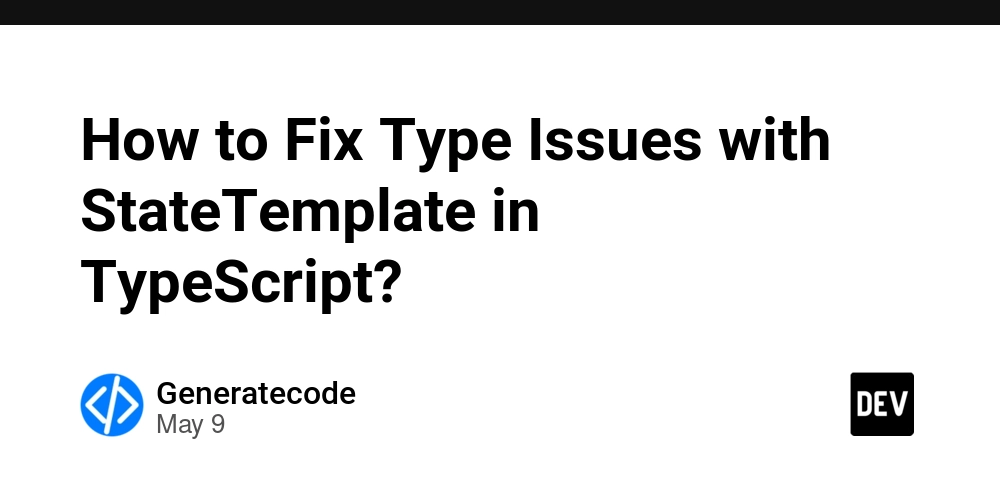DevLog 20250510 Dealing with Lambda
The essence of lambda calculus is with captures - be it simple values or object references, at the site of anonymous function declaration, it's being captured and (the reference) is saved inside the lambda until being invoked. // C# – capturing a local variable in a LINQ query int factor = 3; int[] numbers = { 1, 2, 3, 4, 5 }; var scaled = numbers .Select(n => n * factor) // ‘factor’ is captured from the enclosing scope .ToArray(); Console.WriteLine(string.Join(", ", scaled)); // 3, 6, 9, 12, 15 In C++ this is more explicit and the capturing process is more obvious: // C++20 – capturing a local variable in a ranges pipeline #include #include #include int main() { int factor = 3; std::vector numbers = { 1, 2, 3, 4, 5 }; // capture ‘factor’ by value in the lambda auto scaled = numbers | std::views::transform([factor](int n) { return n * factor; }); for (int x : scaled) std::cout Int -> Int add x y = x + y -- Partially apply 'add' to “capture” the first argument addFive :: Int -> Int addFive = add 5 main :: IO () main = do print (addFive 10) -- 15 print (map (add 3) [1,2,3]) -- [4,5,6]

The essence of lambda calculus is with captures - be it simple values or object references, at the site of anonymous function declaration, it's being captured and (the reference) is saved inside the lambda until being invoked.
// C# – capturing a local variable in a LINQ query
int factor = 3;
int[] numbers = { 1, 2, 3, 4, 5 };
var scaled = numbers
.Select(n => n * factor) // ‘factor’ is captured from the enclosing scope
.ToArray();
Console.WriteLine(string.Join(", ", scaled)); // 3, 6, 9, 12, 15
In C++ this is more explicit and the capturing process is more obvious:
// C++20 – capturing a local variable in a ranges pipeline
#include What happens when an object reference is disposed, as in the case of IDisposable? It will simply throw an error.
using System;
using System.IO;
class Program
{
static void Main()
{
// Create and use a MemoryStream
var ms = new MemoryStream();
ms.WriteByte(0x42); // OK: writes a byte
// Dispose the stream
ms.Dispose(); // Unmanaged buffer released, internal flag set
try
{
// Any further operation is invalid
ms.WriteByte(0x24); // <-- throws ObjectDisposedException
}
catch (ObjectDisposedException ex)
{
Console.WriteLine($"Cannot use disposed object: {ex.GetType().Name}");
}
}
}
An important distinction is events or plain callbacks that requires no return value, which can be implemented quite plainly.
To achieve the same thing in dataflow context, some kind of GUI (or "graph-native") support is needed, and to the taker/caller, it's evident (in the language of C#) it's taking a delegate as argument.
public static System.Collections.Generic.IEnumerable<TResult> Select<TSource,TResult>(this System.Collections.Generic.IEnumerable<TSource> source, Func<TSource,int,TResult> selector);
To implement capturing, the most natural way is to make sure it happens "in-place" - directly on the graph. With this handy, we do not need to implement specialized nodes for all kinds of functions and instead can rely on existing language construct to do the rest.
The last bit is actually inspired by Haskel, where functions are first class and we can do composition on functions:
-- A simple two‑argument function
add :: Int -> Int -> Int
add x y = x + y
-- Partially apply 'add' to “capture” the first argument
addFive :: Int -> Int
addFive = add 5
main :: IO ()
main = do
print (addFive 10) -- 15
print (map (add 3) [1,2,3]) -- [4,5,6]











































































































































































![[The AI Show Episode 146]: Rise of “AI-First” Companies, AI Job Disruption, GPT-4o Update Gets Rolled Back, How Big Consulting Firms Use AI, and Meta AI App](https://www.marketingaiinstitute.com/hubfs/ep%20146%20cover.png)



























































































































![[FREE EBOOKS] Offensive Security Using Python, Learn Computer Forensics — 2nd edition & Four More Best Selling Titles](https://www.javacodegeeks.com/wp-content/uploads/2012/12/jcg-logo.jpg)



![Ditching a Microsoft Job to Enter Startup Purgatory with Lonewolf Engineer Sam Crombie [Podcast #171]](https://cdn.hashnode.com/res/hashnode/image/upload/v1746753508177/0cd57f66-fdb0-4972-b285-1443a7db39fc.png?#)






























































































































































































































-xl.jpg)












![As Galaxy Watch prepares a major change, which smartwatch design to you prefer? [Poll]](https://i0.wp.com/9to5google.com/wp-content/uploads/sites/4/2024/07/Galaxy-Watch-Ultra-and-Apple-Watch-Ultra-1.jpg?resize=1200%2C628&quality=82&strip=all&ssl=1)













![Beats Studio Buds + On Sale for $99.95 [Lowest Price Ever]](https://www.iclarified.com/images/news/96983/96983/96983-640.jpg)

![New iPad 11 (A16) On Sale for Just $277.78! [Lowest Price Ever]](https://www.iclarified.com/images/news/97273/97273/97273-640.jpg)








































![Apple's 11th Gen iPad Drops to New Low Price of $277.78 on Amazon [Updated]](https://images.macrumors.com/t/yQCVe42SNCzUyF04yj1XYLHG5FM=/2500x/article-new/2025/03/11th-gen-ipad-orange.jpeg)



![[Exclusive] Infinix GT DynaVue: a Prototype that could change everything!](https://www.gizchina.com/wp-content/uploads/images/2025/05/Screen-Shot-2025-05-10-at-16.07.40-PM-copy.png)






![T-Mobile discontinues a free number feature but a paid alternative exists [UPDATED]](https://m-cdn.phonearena.com/images/article/170235-two/T-Mobile-discontinues-a-free-number-feature-but-a-paid-alternative-exists-UPDATED.jpg?#)





















































